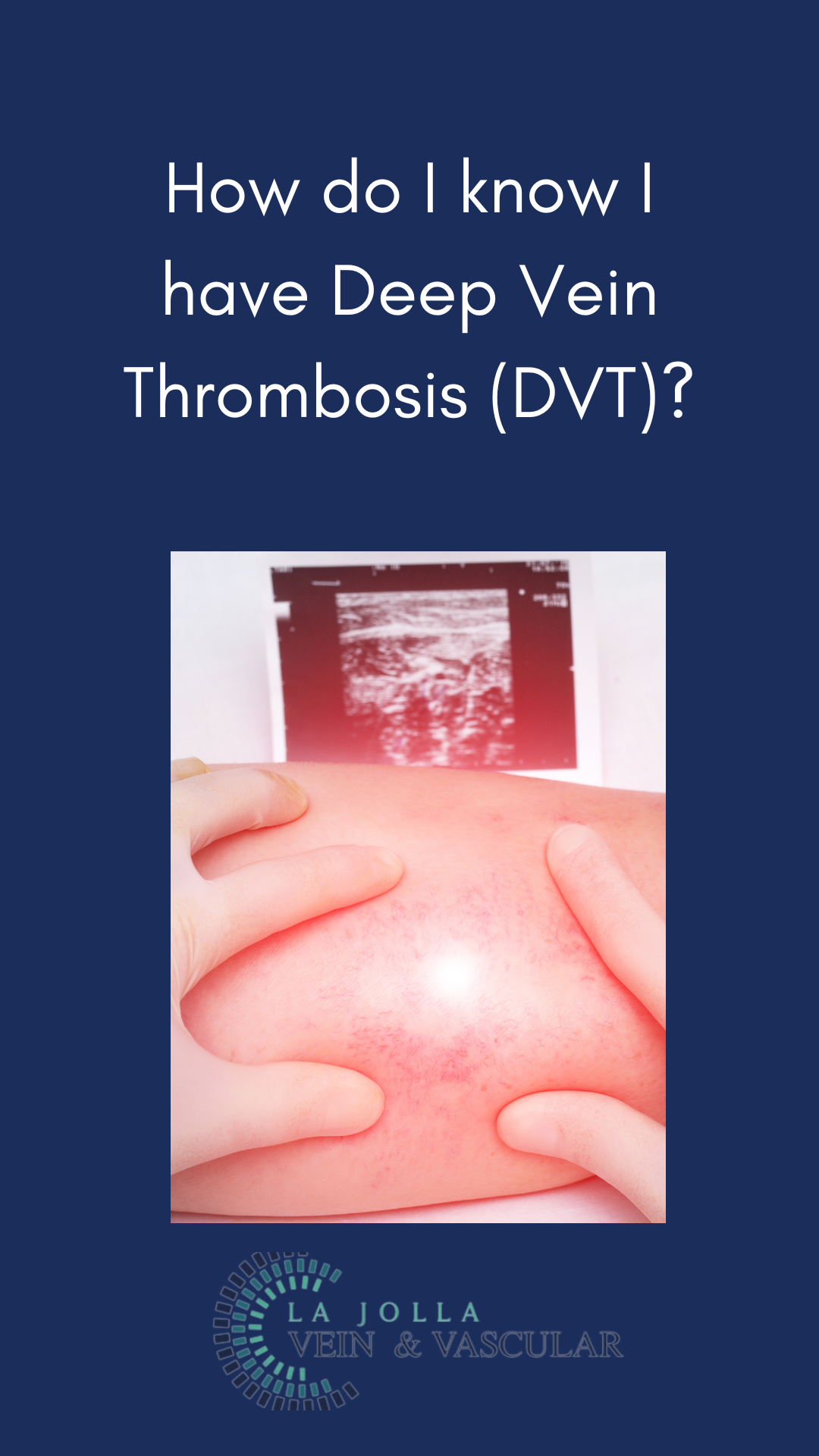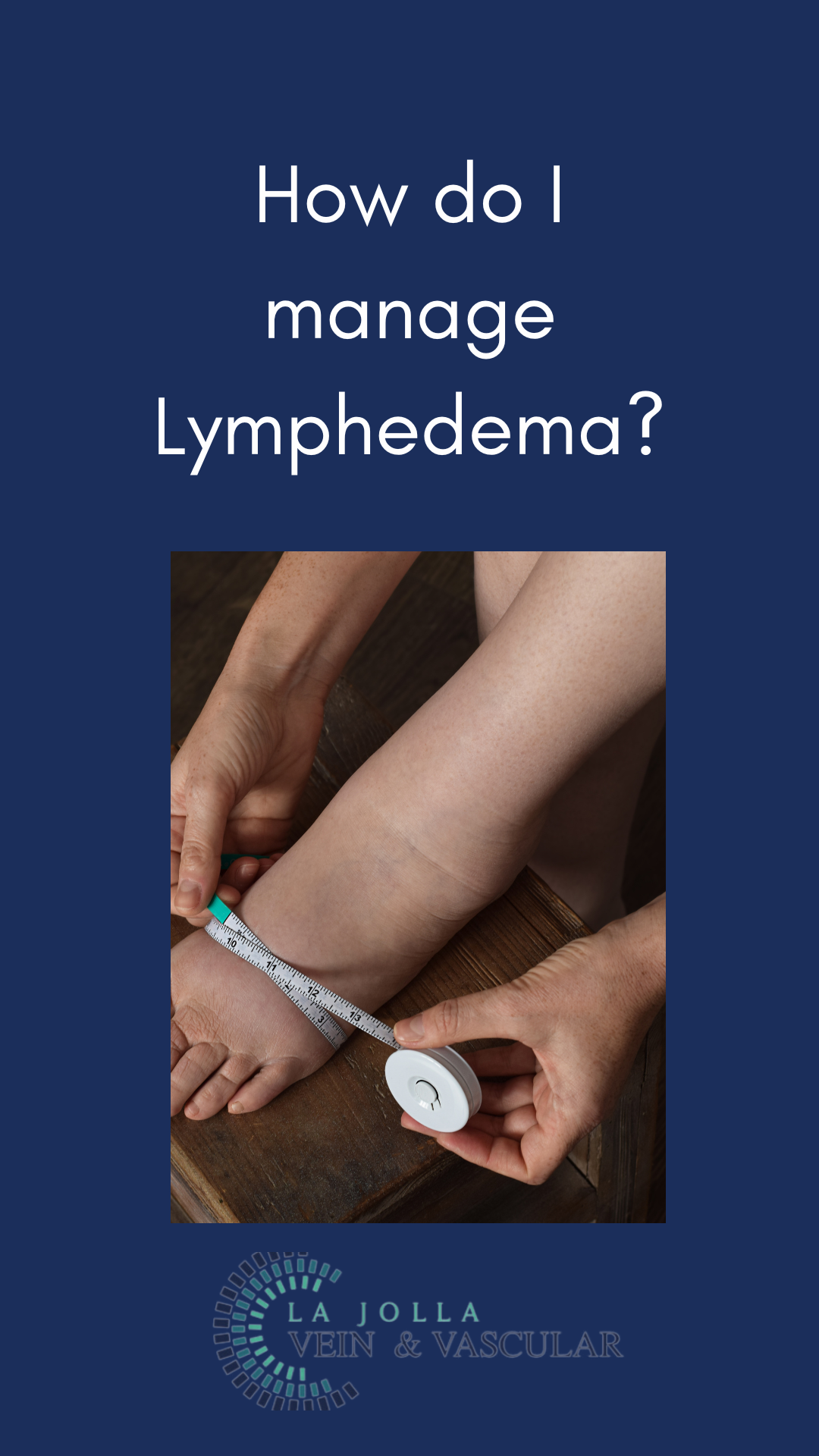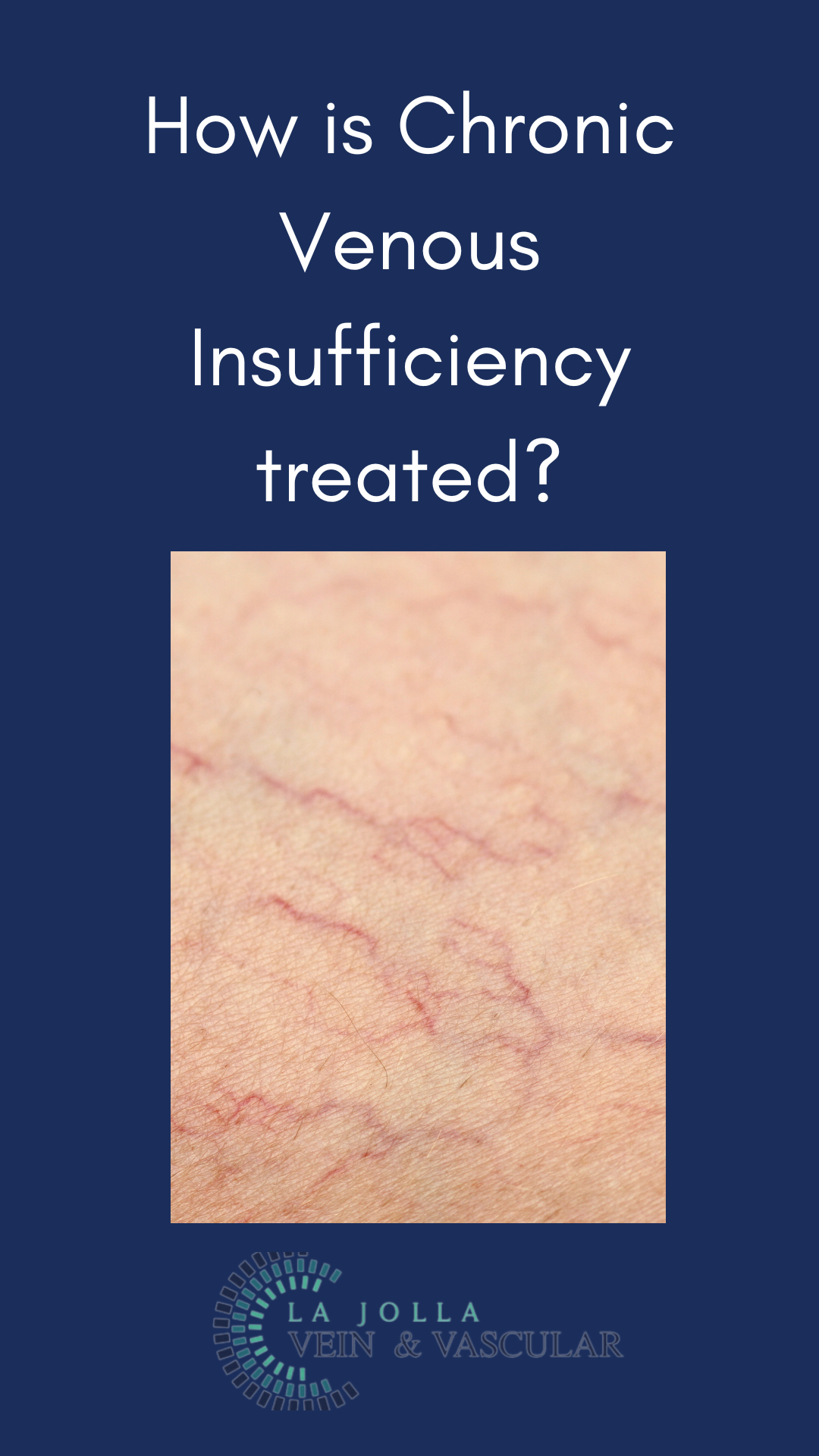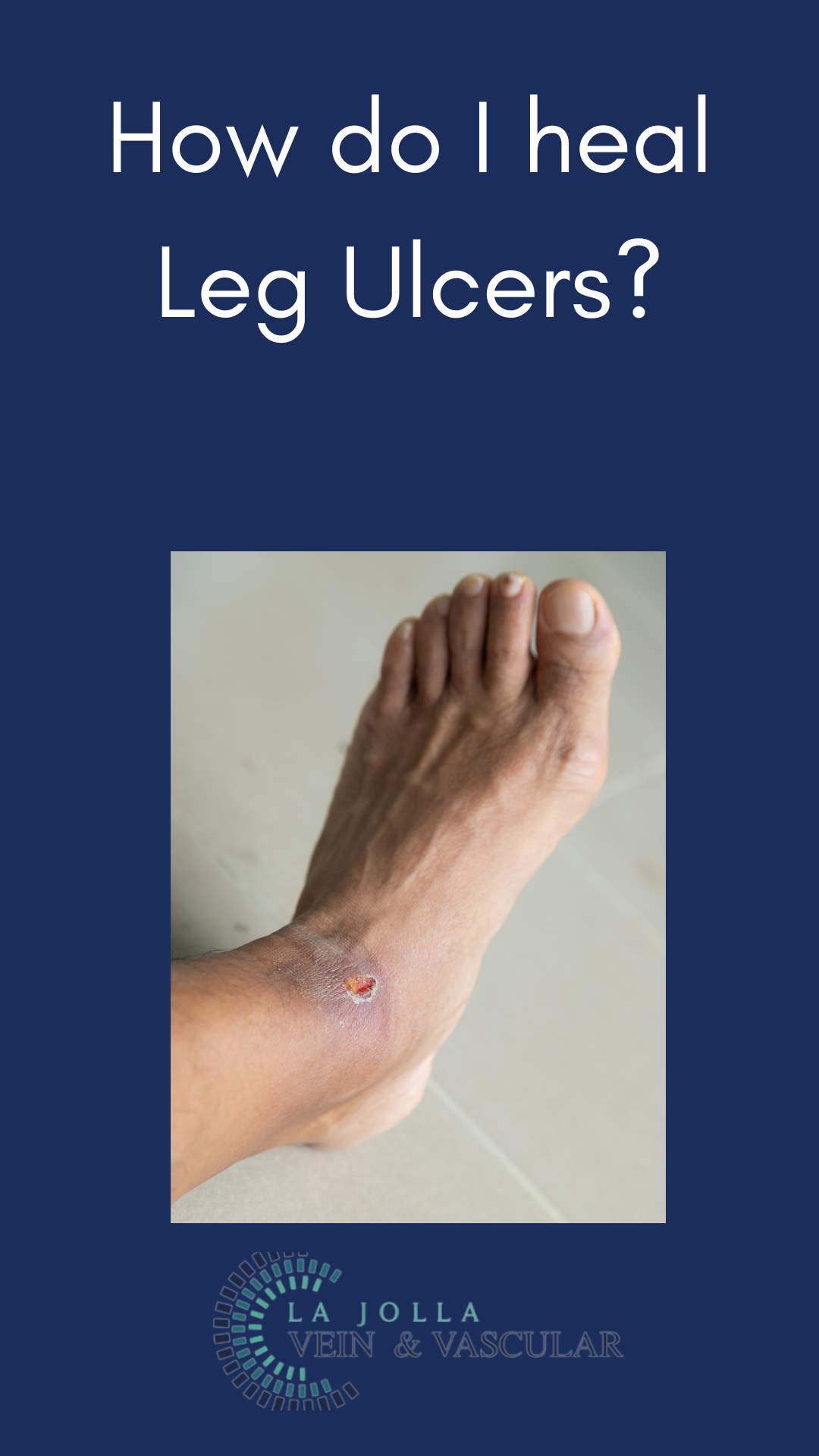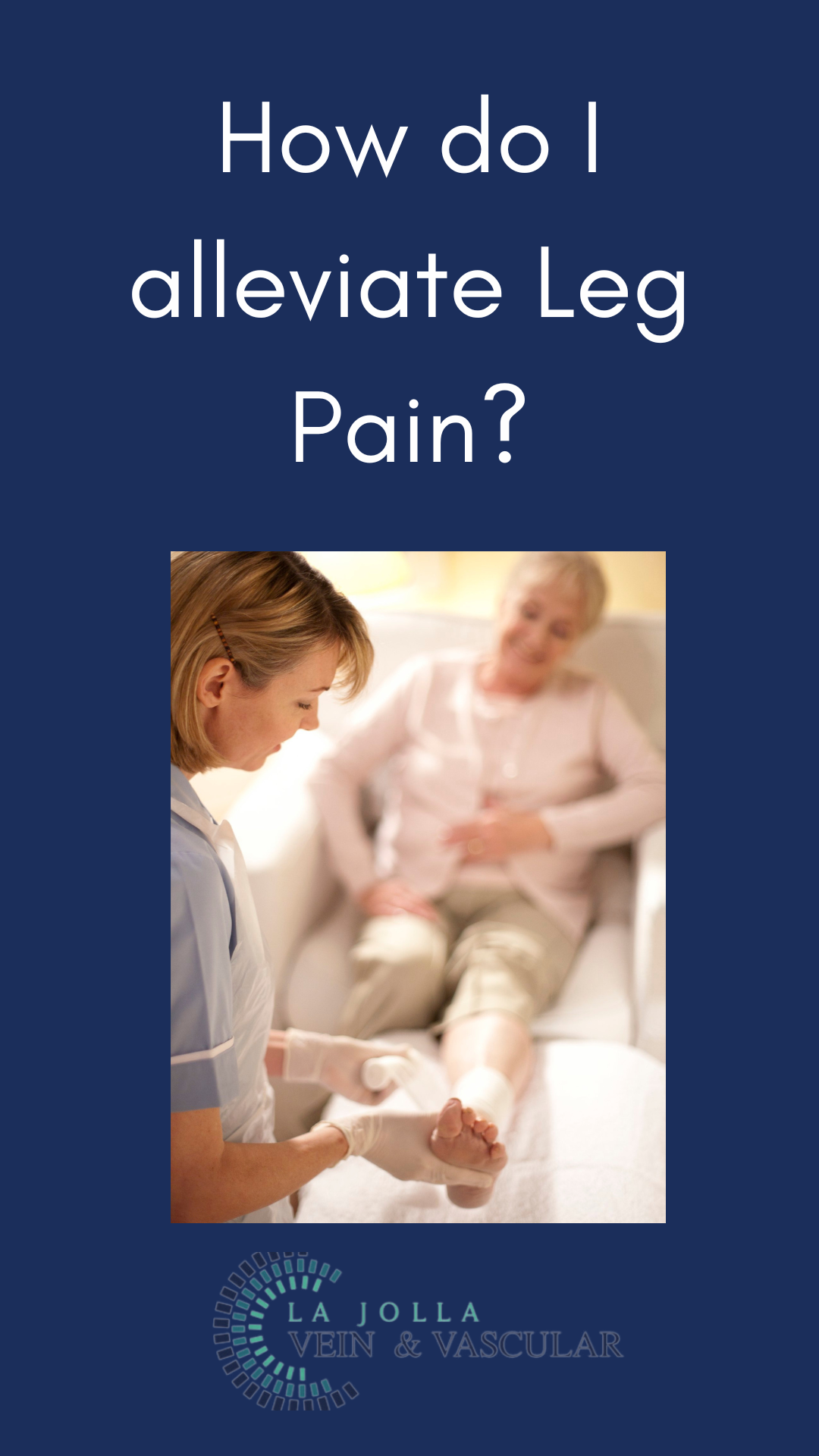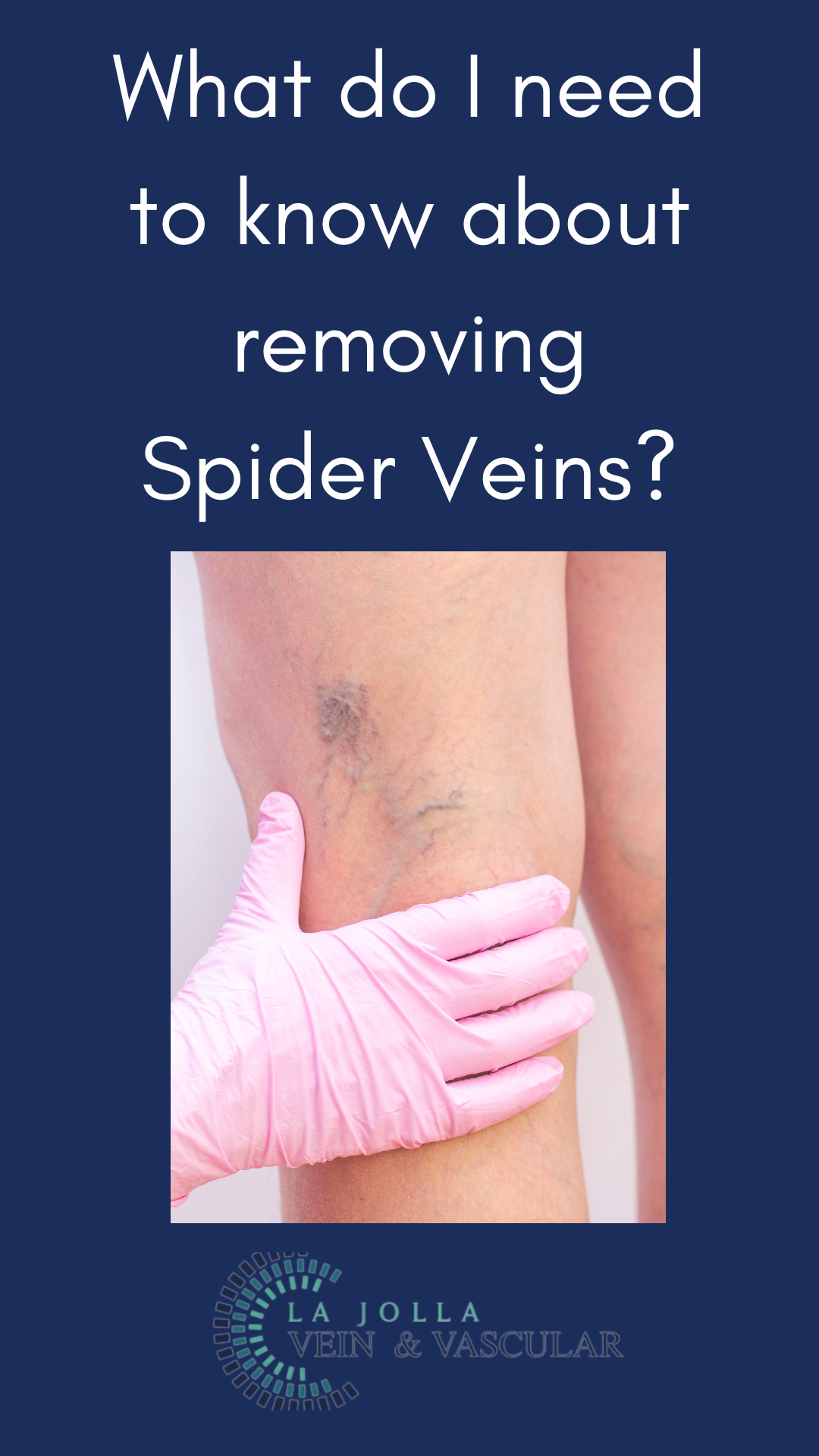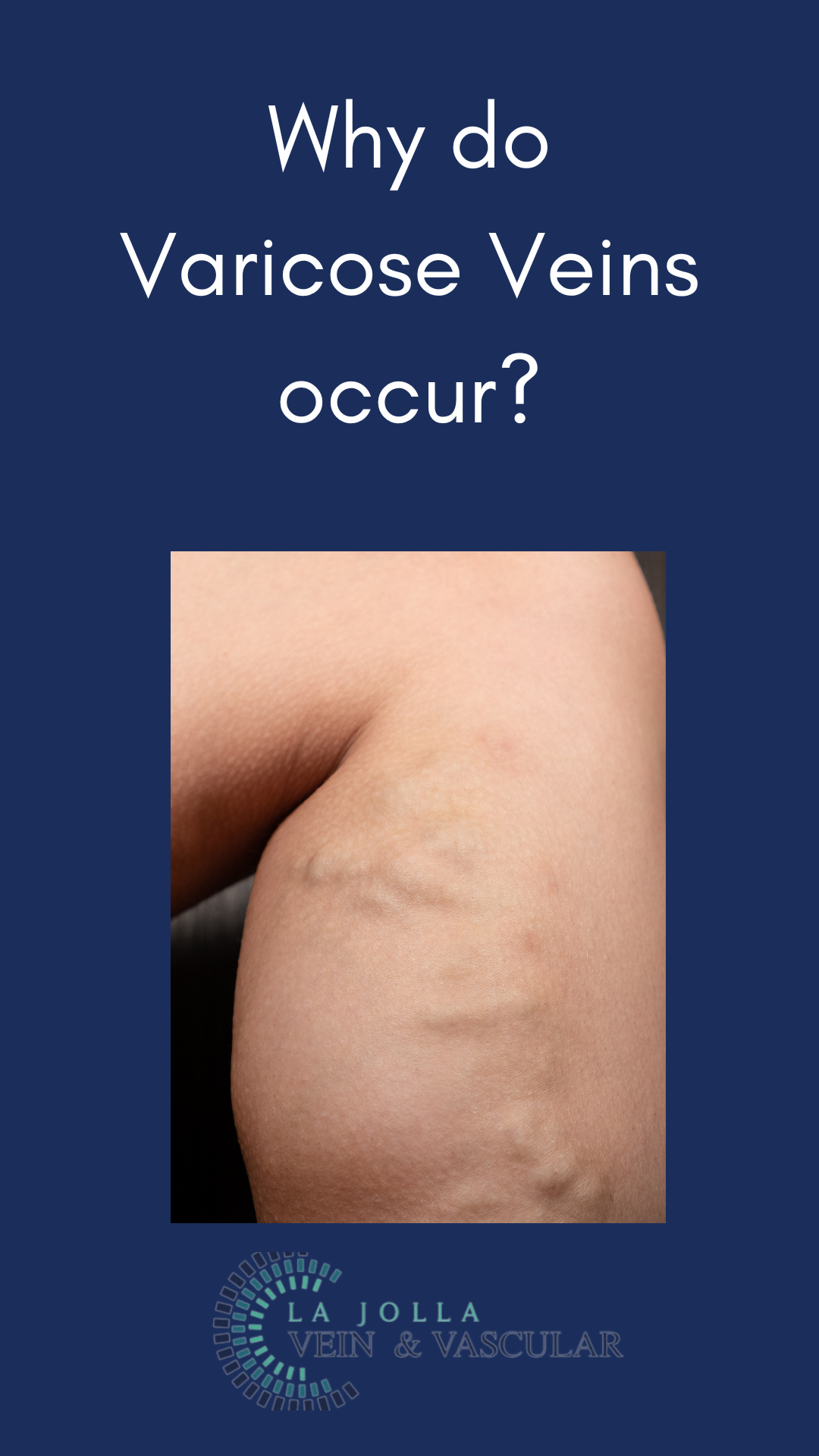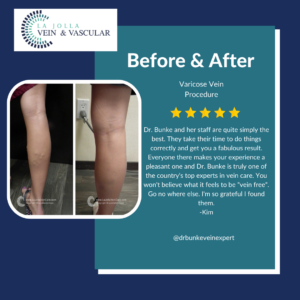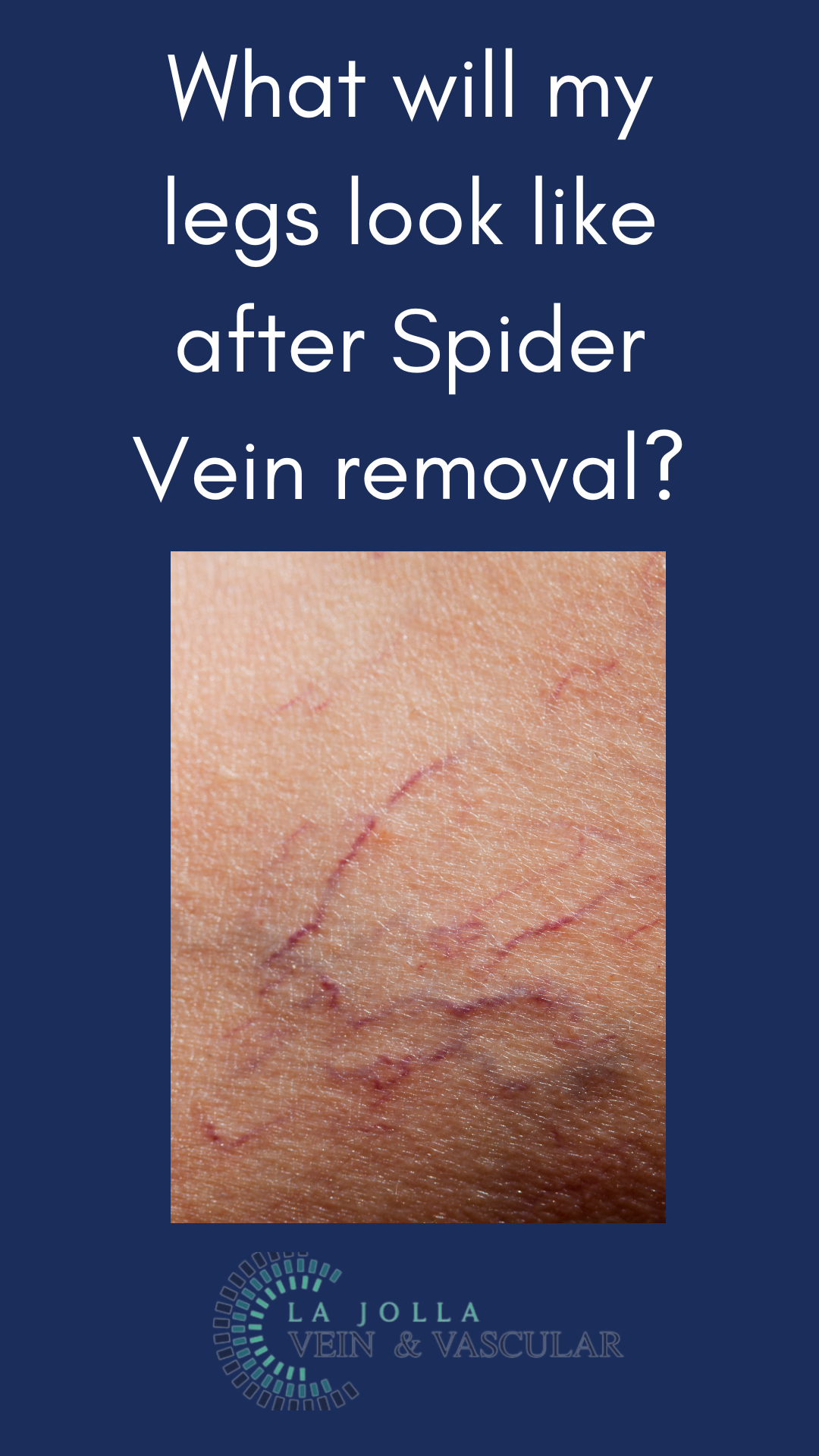How do I know I have Deep Vein Thrombosis (DVT)?
LJVascular2024-03-06T14:14:30-08:00Deciphering Deep Vein Thrombosis (DVT)
Deep Vein Thrombosis (DVT) is a condition wherein blood clots form within the deep veins of the legs, thighs, or pelvis. Understanding the causes, symptoms, and potential hazards associated with DVT is crucial. In this article, we’ll delve into the mechanisms of blood clot development, the risks posed by DVT, and explore diverse treatment options available for managing this condition.
Grasping Blood Clot Formation
Blood clots, like DVT, arise from faulty valves within the venous system responsible for ensuring proper blood flow back to the heart. When these valves weaken or malfunction, blood circulation is disrupted, leading to clot formation. While DVT frequently occurs in the deep veins of the lower leg, it can also manifest in other areas, including the arms.
Insights into Circulation and Blood Clots
The body’s circulatory system comprises arteries and veins. Arteries carry oxygenated blood away from the heart, whereas veins transport deoxygenated blood back to the heart. Arteries possess robust walls with muscular linings to withstand the heart’s pumping pressure. Conversely, veins lack this muscular lining and rely on muscle movement to propel blood towards the heart.
Development of Blood Clots
In the legs’ venous system, two primary types of veins exist: superficial and deep veins. Blood flows from superficial to deep veins via perforator veins, assisted by one-way valves. When blood flow slows down or stagnates in the veins, platelets can adhere, resulting in blood clot or thrombus formation. Although a blood clot in the deep venous system isn’t inherently hazardous, it can become life-threatening if dislodged, causing a pulmonary embolism when it travels to the pulmonary vein.
Symptoms and Dangers of DVT
Identifying DVT symptoms is crucial for timely intervention:
- Leg pain during walking (muscle cramps or sharp pain)
- Sharp calf pain in the affected limb
- Red or discolored skin on the affected limb
- Swelling in the affected area
- Sudden onset leg swelling
- Enlarged veins
- Increased warmth in the swollen area
If a blood clot dislodges and reaches the lungs, it can result in a pulmonary embolism, presenting symptoms such as sudden breathlessness, rapid breathing, elevated heart rate, and chest pain worsened by deep breathing.
Treatment Options for DVT
Various treatment avenues exist for managing DVT:
- Blood Thinners: Anticoagulant medications prevent clot enlargement and detachment. Common options include injectable (e.g., enoxaparin) or oral medications (e.g., Eliquis, Xarelto, Pradaxa).
- Clot Dissolvers: Thrombolytic drugs dissolve severe DVT or PE (Pulmonary Embolism) clots when other treatments are ineffective but may pose bleeding risks.
- Filters: Vena cava filters can prevent dislodged clots from reaching the lungs in cases where blood thinners can’t be used.
- Compression Stockings: Specialized knee socks aid in reducing blood pooling and clot formation in the legs.
Deep Vein Thrombosis necessitates immediate attention and treatment. Understanding blood clot formation mechanisms and recognizing symptoms empowers individuals to seek help promptly, potentially averting life-threatening complications. A range of treatment options is available to effectively manage DVT, and seeking guidance from healthcare professionals is crucial for personalized care and support.
“Bringing Experts Together for Unparalleled Vein and Vascular Care”
La Jolla Vein & Vascular (formerly La Jolla Vein Care) is committed to bringing experts together for unparalleled vein and vascular care.
Nisha Bunke, MD, Sarah Lucas, MD, and Amanda Steinberger, MD are specialists who combine their experience and expertise to offer world-class vascular care.
Our accredited center is also a nationally known teaching site and center of excellence.
For more information on treatments and to book a consultation, please give our office a call at 858-550-0330.
For a deeper dive into vein and vascular care, please check out our Youtube Channel at this link, and our website https://ljvascular.com
For more information on varicose veins and eliminating underlying venous insufficiency,
Please follow our social media Instagram Profile for more fun videos and educational information.
For more blogs and educational content, please check out our clinic’s blog posts!

